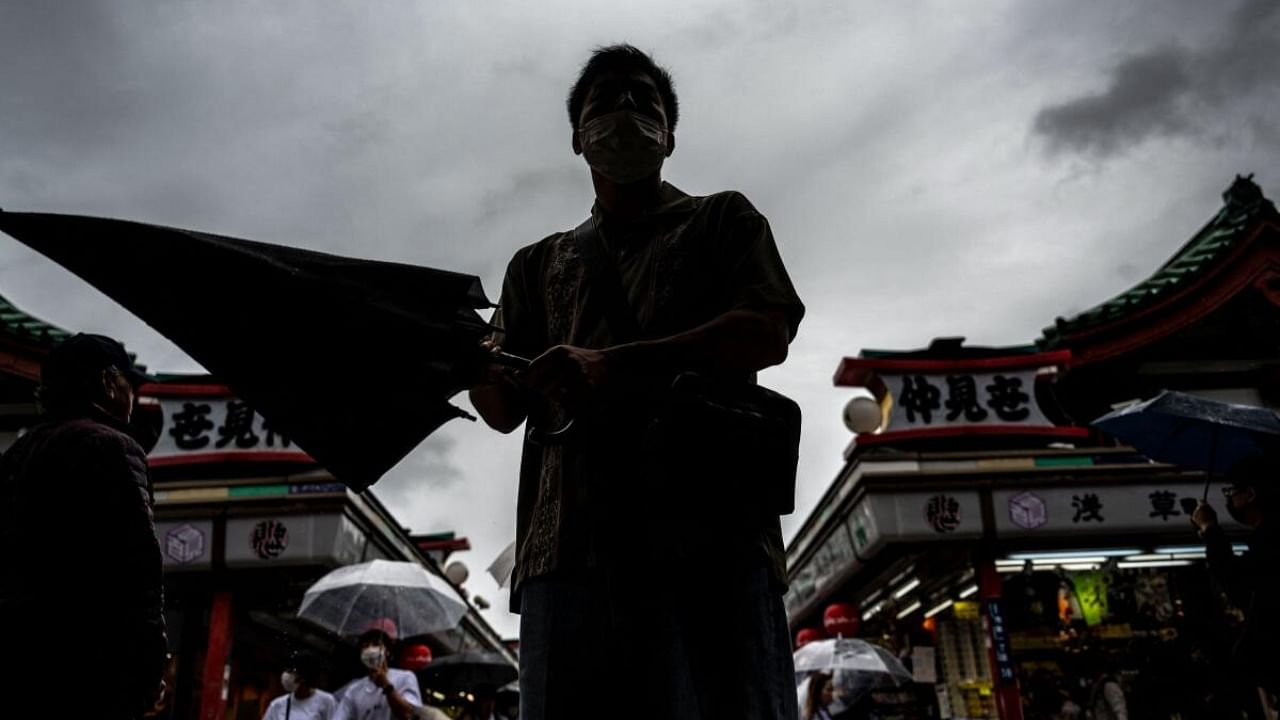
Heavy rain across parts of Japan has killed one person, left two missing and injured dozens more, authorities said Saturday, with thousands of residents issued evacuation warnings.
The inundation has been caused by the remnants of former Typhoon Mawar, now downgraded to a tropical storm.
A rescue team in central Aichi region's Toyohashi, where the country's highest-level evacuation alert was issued Friday, "found a man approximately in his 60s in a submerged car, but he was later confirmed dead," a city official told AFP.
In western Wakayama, where several rivers burst their banks, officials told AFP that they had resumed the search for one man and one woman missing in the region.
A total of six people were seriously injured and 24 suffered minor injuries as of Saturday morning, the Fire and Disaster Management Agency said.
In central and western Japan, many evacuation orders -- which are non-compulsory, even at the highest level -- were being downgraded as rains eased.
But new warnings were issued in areas close to Tokyo in the early morning due to flooding risks.
With several cities including Aichi's Toyohashi and Koshigaya near Tokyo reportedly seeing the highest 24-hour rainfall on record, the Japan Meteorological Agency urged residents to "be on high alert for landslides, overflowing rivers, and flooding of low-lying areas".
Some 4,000 households in regions close to Tokyo suffered power outages early Saturday, the Tokyo Electric Power Company said, but the issue was mostly resolved several hours later.
Shinkansen bullet trains were temporarily suspended between Tokyo and Nagoya, but Japan Railway said they resumed operations around noon.
Scientists say climate change is intensifying the risk of heavy rain in Japan and elsewhere, because a warmer atmosphere holds more water.
Strong rain in 2021 triggered a devastating landslide in the central resort town of Atami that killed 27 people.
And in 2018, floods and landslides killed more than 200 people in western Japan during the country's annual rainy season.
Earlier this week, Mawar -- then a typhoon -- passed just north of the Pacific island of Guam, uprooting trees and leaving tens of thousands of homes temporarily without power.